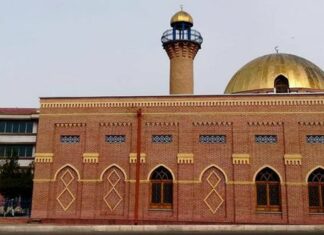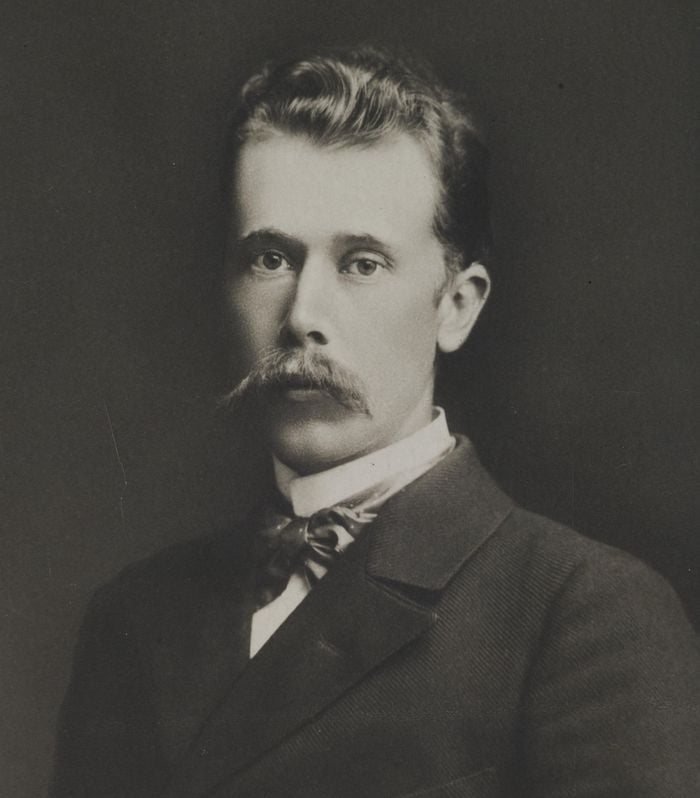Maria Glabaina Becomes a Nun
After her husband passed away, Maria Glabaina decided to become a nun. She changed her name to Martha. Instead of joining the men’s monastery...
A Chapel Built for Love
In the early 1300s, Princess Maria Glabaina built a parekklesion (a small chapel) on the right side of the church to honor her husband,...
The Book of Revelation and the Second Coming
Revelation, the last book of the Bible, was written around 95 AD, not before 70 AD. Some people believe in Preterism, a theory that...
The Jews Did Not Turn to the Messiah in 70 AD
According to the prophecy in Zechariah 12:10, the Jewish people were supposed to turn to the Messiah in 70 AD. But they did not...
Dr. Thomas Ice and the Radio Discussion
Dr. Thomas Ice and I will discuss these topics in our radio show this weekend, on January 29. All our programs are available on...
Types of Preterists Full and Partial
There are two main groups of Preterists: Full Preterists and Partial Preterists.
Full Preterists believe that Jesus returned in 70 AD, but not in a...
Overview of Jesus’ Message to the Church in Ephesus
Each letter in the book of Revelation has three main parts: a review of both good and bad actions, a call for repentance for...
Jesus as the Lord of All Churches
The first thing Jesus wanted to tell the church in Ephesus was that He is the Lord over all the churches. He is always...
The “Angel” of the Church Human Leaders or Heavenly Beings?
Some people believe the "angel" mentioned in the letters refers to the pastor or human leader of the church. However, this is unlikely because...
Abandonment of Laodicea
Laodicea was eventually abandoned due to earthquakes. Today, there are still impressive ruins in the city, including two Roman theaters, a large stadium, and...














